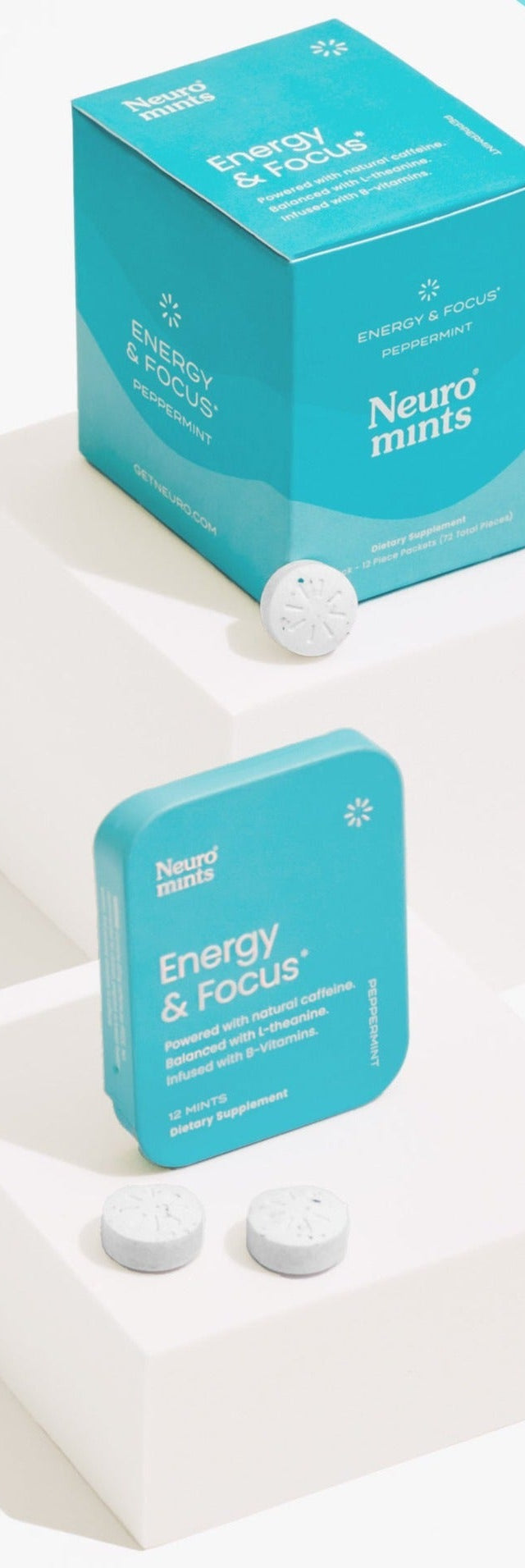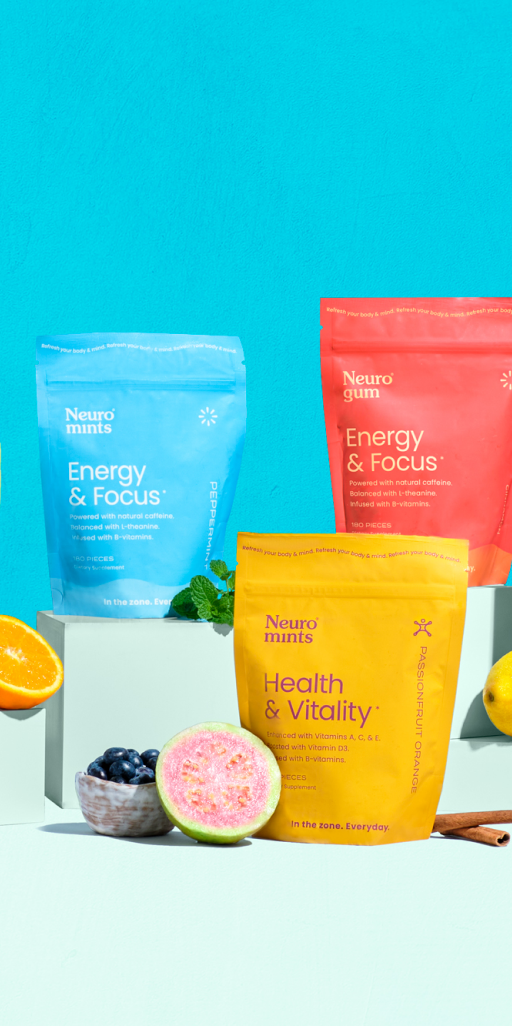Have you ever lost track of time while completely absorbed in a task, feeling a sense of effortless focus and enjoyment? This state of mind, known as flow state, has been described by athletes, musicians, and artists as a peak performance experience where everything seems to fall into place. But what exactly is flow state and why does it feel so rewarding? In this article, we'll explore the neuroscience behind flow state and how it can help you achieve your goals and improve your overall well-being. So buckle up and get ready to dive into the fascinating world of flow!
What is Flow State?
Flow state was first introduced by psychologist Mihaly Csikszentmihalyi in the 1970s. He defined it as a state of optimal experience where a person is fully immersed in an activity and feels a sense of control and enjoyment. During flow state, a person's skills and abilities are matched with the challenge of the task at hand, resulting in a feeling of fulfillment and satisfaction.
To experience flow state, a person needs to be engaged in an activity that is challenging but not too difficult. If the activity is too easy, it can become boring, and if it's too hard, it can become frustrating. The goal is to find the sweet spot where the challenge of the activity matches a person's skills and abilities.
The Benefits of Flow State
Flow state is a positive and transformative experience that can lead to increased creativity, productivity, and overall well-being. Studies have shown that people who experience flow state regularly are more likely to report higher levels of happiness and life satisfaction.
When a person is in flow state, they are completely absorbed in the activity, which can help them forget about their worries and problems. This can lead to a decrease in stress and anxiety levels. In addition, flow state can increase a person's confidence and self-esteem, as they are able to perform at their best without even trying.
The Neuroscience Behind Flow State
Neuroscientists have been studying flow state for years, and they've found that several brain regions are involved in the experience. When you're in flow, the prefrontal cortex, which is responsible for critical thinking and decision-making, temporarily shuts down. This allows other regions of the brain to take over, such as the basal ganglia, which is involved in habit formation, and the amygdala, which is responsible for emotional processing.
The brain also releases several neurochemicals during flow state, including dopamine, norepinephrine, and anandamide. These chemicals are associated with feelings of pleasure, motivation, and focus. The release of these chemicals can help reinforce the behavior that led to the flow state, making it more likely to happen again in the future.
How to Achieve Flow State
To achieve flow state, a person needs to be engaged in an activity that is challenging but not too difficult. The activity should be something that a person enjoys and is passionate about. It's also important to eliminate any distractions and focus solely on the task at hand.
Some activities that are commonly associated with flow state include playing a musical instrument, writing, painting, and even playing video games. These activities require a certain level of skill and concentration, but they can also be enjoyable and rewarding.
It's also important to set clear goals and have a sense of progress. If a person feels like they are making progress towards their goal, it can increase their motivation and focus. However, if they feel stuck or like they are not making progress, it can lead to frustration and a decrease in motivation.
Conclusion
Flow state is a powerful experience that can lead to increased creativity, productivity, and overall well-being. It's a state of optimal experience where a person is fully immersed in an activity and feels a sense of control and enjoyment. The neuroscience behind flow state has shown that several brain regions are involved in the experience, and the release of certain neurochemicals can reinforce the behavior that led to the flow state.
To achieve flow state, a person needs to engage in activities that are challenging but not too difficult, enjoyable, and eliminate distractions to focus solely on the task at hand. It's also important to have clear goals and a sense of progress to increase motivation and focus.
Incorporating flow state into your daily life can have a profound impact on your overall well-being and productivity. Whether it's through playing an instrument, writing, painting, or playing video games, finding activities that bring you into a state of flow can help you achieve your goals and live a more fulfilling life. For more information about the topic, check out our articles 5 Tricks to Get into Flow State and Crush Your Goals with Neuroscience!
About the Author

Angelica Castillo is a communications student in the mornings, an actress in the afternoons, and a passionate diary writer by night.
She is the creative copywriter at Magnify Media Agency and is currently working on audiovisual projects. She is also interested in psychology, constantly informing herself about human conduct and looking for ways to improve mental health to help others live a fulfilling life.
Find her on Instagram here:
@aange.cas






















